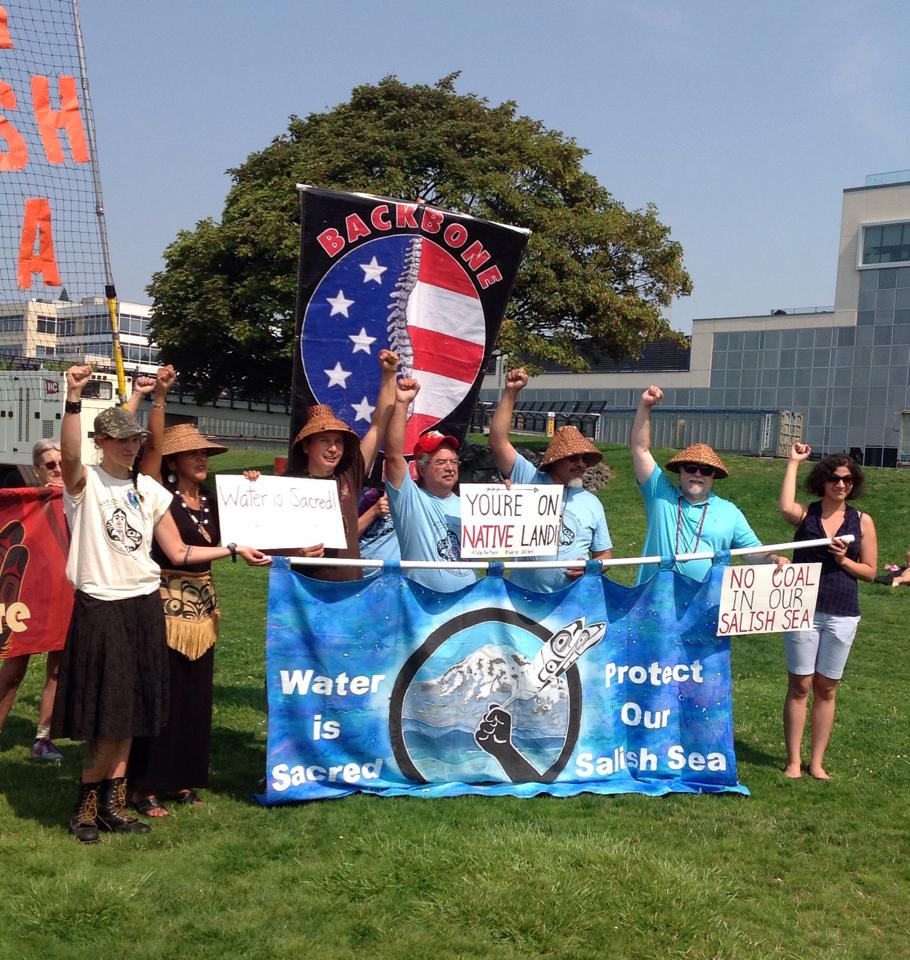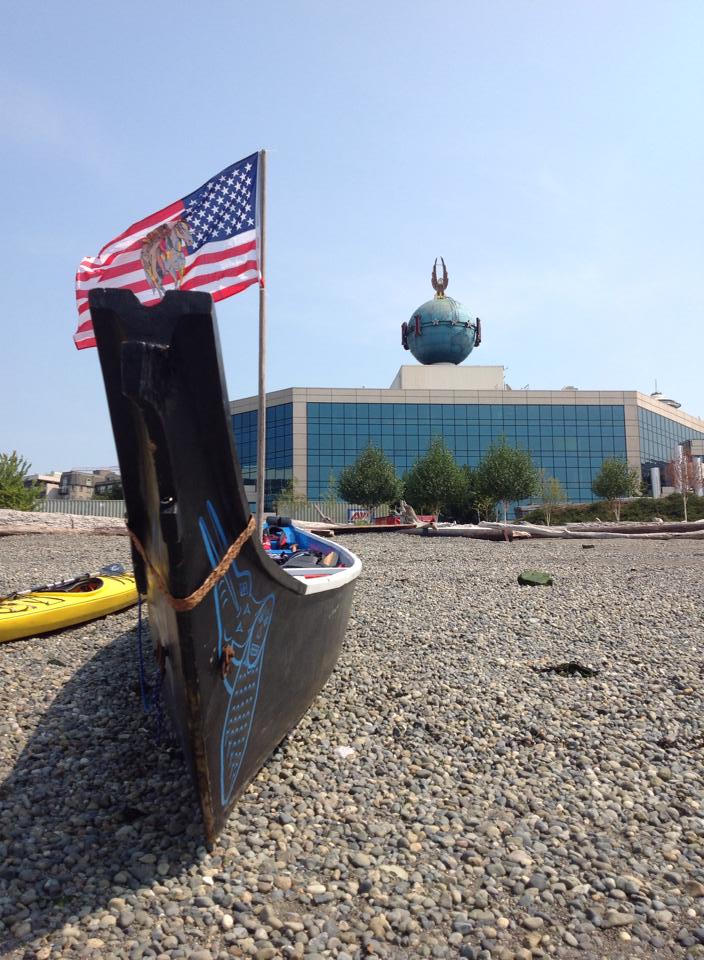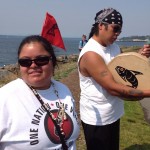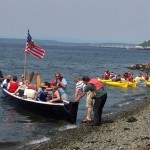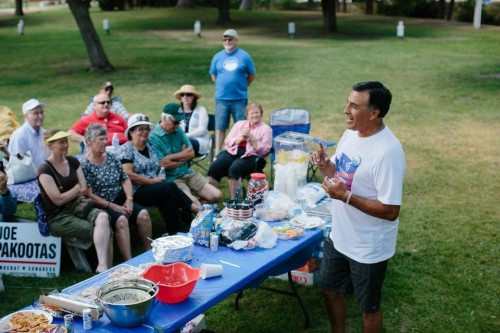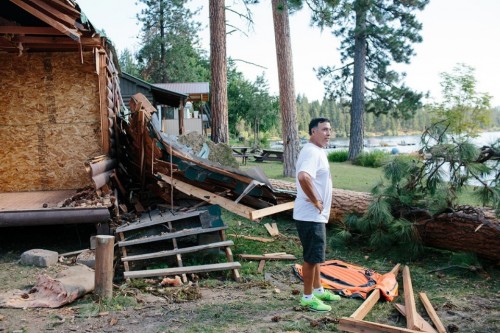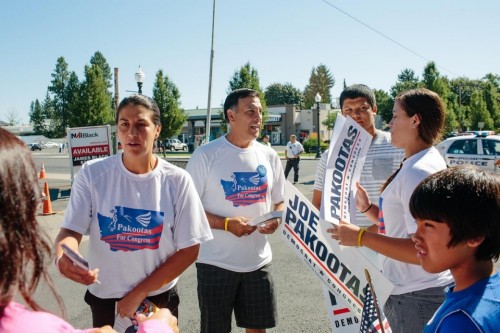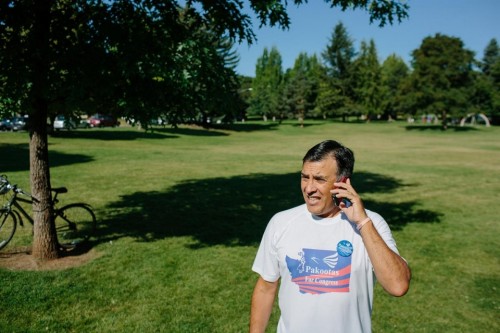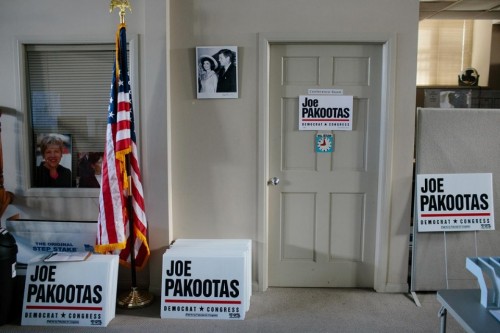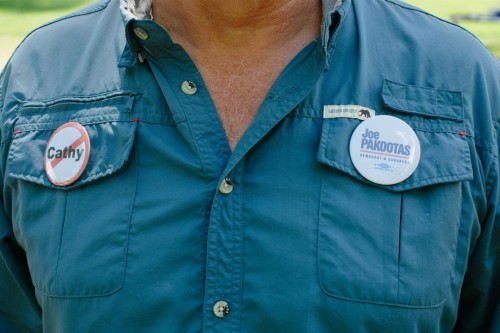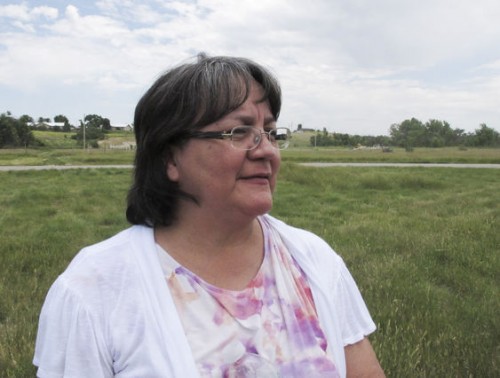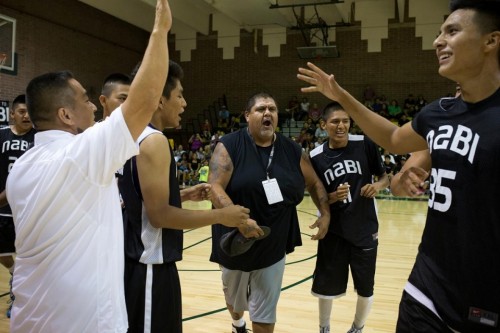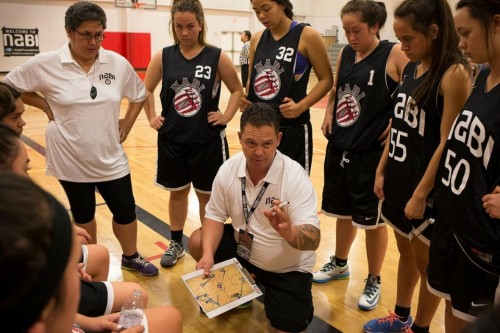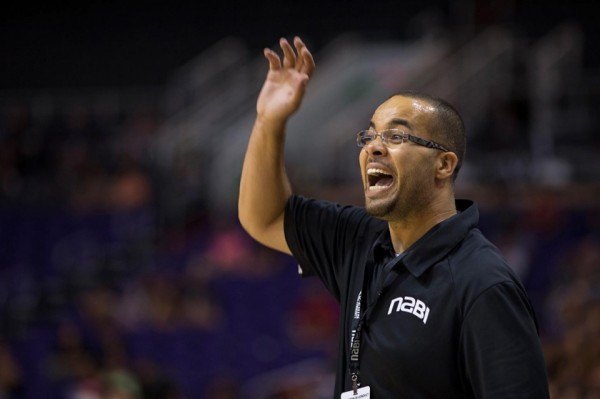|
FY2014 NAGPRA Consultation Grant Recipients
|
||
|
Arkansas Archaeological Society
|
AR
|
$63,946.00
|
|
Central Council Tlingit and Haida Indian Tribes of Alaska
|
AK
|
$83,180.00
|
|
University of Alaska Museum of the North
|
AK
|
$12,300.00
|
|
California State University – Sacramento, University Enterprises, Inc.
|
CA
|
$89,740.00
|
|
Elk Valley Rancheria
|
CA
|
$52,008.00
|
|
Greenville Rancheria
|
CA
|
$12,300.00
|
|
Greenville Rancheria
|
CA
|
$70,000.00
|
|
Ione Band of Miwok Indians
|
CA
|
$90,000.00
|
|
Koi Nation of California
|
CA
|
$12,300.00
|
|
Koi Nation of California
|
CA
|
$90,000.00
|
|
Marin Museum of the American Indian
|
CA
|
$12,300.00
|
|
Table Mountain Rancheria
|
CA
|
$28,480.00
|
|
Torres Martinez Desert Cahuilla Indians
|
CA
|
$12,300.00
|
|
Wiyot Tribe
|
CA
|
$90,000.00
|
|
History Colorado
|
CO
|
$53,424.00
|
|
The Field Museum – Hopi Collection
|
IL
|
$86,197.00
|
|
The Field Museum – Quinault Collection
|
IL
|
$6,000.00
|
|
Kickapoo Tribe in Kansas
|
KS
|
$12,300.00
|
|
Crow Tribe of Indians
|
MT
|
$12,300.00
|
|
Crow Tribe of Indians
|
MT
|
$40,000.00
|
|
Western New Mexico University Museum
|
NM
|
$90.000.00
|
|
Fallon Paiute Shoshone
|
NV
|
$90,000.00
|
|
Delaware Nation
|
OK
|
$87,460.00
|
|
Pawnee Nation
|
OK
|
$12,300.00
|
|
Confederated Tribes of Umatilla Indian Reservation
|
OR
|
$30,547.00
|
|
Texas Archeological Research Laboratory
|
TX
|
$90,000.00
|
|
Nooksack Indian Tribe
|
WA
|
$12,300.00
|
|
Nooksack Indian Tribe
|
WA
|
$40,000.00
|
|
Wisconsin Historical Society
|
WI
|
$89,943.00
|
|
|
||
|
Subtotal – consultation grants $1,471,625.00
|
||
|
|
||
|
FY2014 NAGPRA Repatriation Grant Recipients
|
||
|
White Mountain Apache
|
AZ
|
$15,000.00
|
|
Regents University of Colorado
|
CO
|
$14,194.00
|
|
Ball State University
|
IN
|
$5,539.00
|
|
Nottawaseppi Huron Band of the Potawatomi
|
MI
|
$15,000.00
|
|
Saginaw Chippewa Indian tribe of Michigan
|
MI
|
$8,717.00
|
|
Pyramid Lake Paiute Tribe
|
NV
|
$6,973.40
|
|
University of Wisconsin
|
WI
|
$15,000.00
|
|
Wisconsin Historical Society
|
WI
|
$15,000.00
|
|
|
||
|
Subtotal – repatriation grants $95,423.40
|
||




